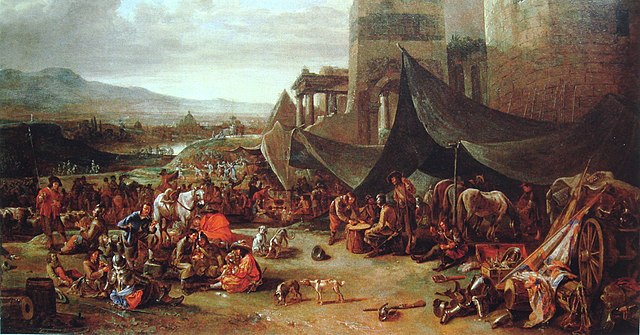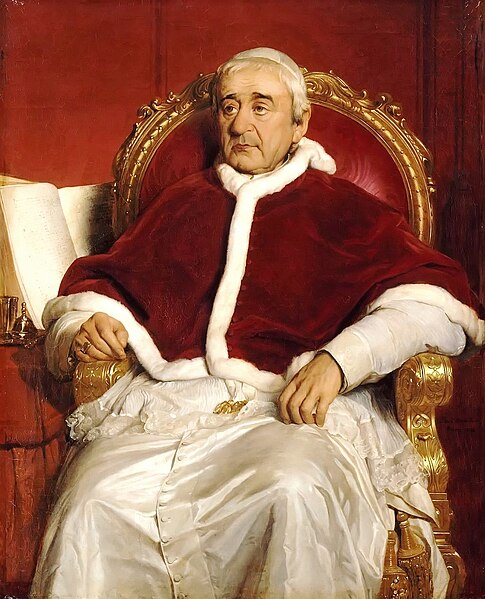The Sack of Rome, then part of the Papal States, followed the capture of the city on 6 May 1527 by the mutinous troops of Charles V, Holy Roman Emperor, during his war with the League of Cognac, known as the War of the League of Cognac. Despite being ordered not to storm the city, with Charles V intending to only use the threat of military action to make Pope Clement VII come to his terms, a largely unpaid Imperial army formed by 14,000 Germans, many of them Lutheran, 6,000 Spaniards and some Italian contingents occupied the scarcely defended Rome and began looting, slaying and holding citizens for ransom in excess without any restraint. Clement VII took refuge in Castel Sant'Angelo after the Swiss Guard were annihilated in a delaying rearguard action; he remained there until a ransom was paid to the pillagers.
The sack of Rome in 1527, by Johannes Lingelbach, 17th century (private collection)
Sack of Rome. By Pieter Bruegel the Elder.
Sack of Rome. 6 May 1527. By Martin van Heemskerck (1527).
Sack of Rome, by Francisco Javier Amérigo, 1884. Biblioteca Museu Víctor Balaguer
The Papal States, officially the State of the Church, were a conglomeration of territories on the Apennine Peninsula under the direct sovereign rule of the Pope from 756 until 1870. They were among the major states of Italy from the 8th century until the Unification of Italy, between 1859 and 1870.
The Quirinal Palace, 1777
Pope Gregory XVI
The Roman States
Roman States army








